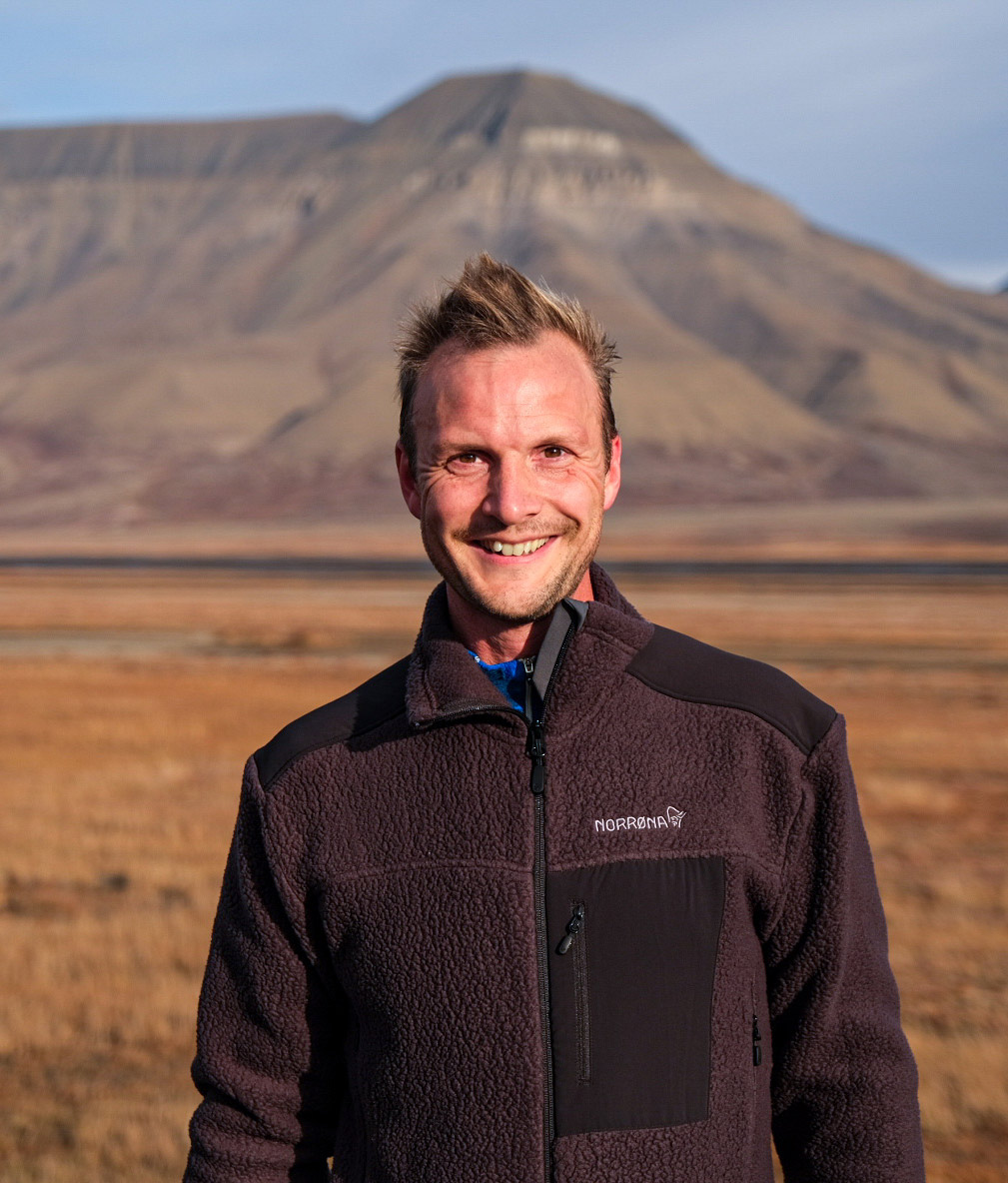

| Field | Value | Unit |
|---|
| Field | Value | Unit |
|---|
| Field | Value | Unit |
|---|
| Field | Value | Unit |
|---|
| Field | Value | Unit |
|---|
| Field | Value | Unit |
|---|
| Field | Value | Unit |
|---|
The webcam stream is not currently live.
You can visit the channel directly:
Polar Rideshare 2025 (PRS25) is a privately organized scientific pilot expedition to the South Pole in cooperation with companies and research institutes. The goal is to conduct useful testing and research within the constraints of a solo-expedition by providing space for scientific and technological payloads on the trek.
The route from Hercules Inlet to the South Pole spans 1.130 km across West Antarctica’s interior. Starting on coastal ice 200 meters above sea level, the route climbs to 2.835 meters at the South Pole. The route navigates crevassed regions, sastrugi, strong winds and sub-zero temperatures. The 40 day trek starts mid-November with arrival at the South Pole between Christmas and new year.
Polar Rideshare is an experimental business model that leverages the concept of ridesharing to facilitate scientific, technical, and promotional opportunities in extreme polar environments.
By connecting adventurers embarking on expeditions to remote locations with companies and research institutions the business model enables the transport of scientific and technological payloads.
This model provides a novel, cost-effective platform for deploying scientific instruments, testing technical equipment, or promoting high-value products in some of the harshest conditions on Earth.

Sebastian Orskaug (1981) is a former navy diver and medical doctor from Norway. In 2022, he served as expedition doctor at Troll Research Station in Antarctica. Prior to his medical career, Sebastian was an explosive ordnance disposal diver with the Norwegian Naval EOD Command (2001-2005). His passion for adventure led to several expeditions, including a trek across Greenland’s ice sheet and summiting peaks like Elbrus, Kilimanjaro and Aconcagua.
PRS25 will carry scientific payloads including snow samples, equipment testing and perform biometric measurements during the expedition.
Polar Rideshare 2025 will collect snow samples for NILU to be analyzed for Trifluoroacetic acids (TFAs) using a novel technique. TFAs are synthetic compounds from industrial processes, persistent in the environment, and linked to potential ecological risks. The innovative method enhances detection accuracy, offering new insights into TFA distribution and environmental impact, aiding conservation efforts and informing policy on chemical use. This expedition’s data will contribute to understanding long-term environmental challenges in polar regions.
PRS25 will utilize a vagus nerve stimulator from Relief Technologies, a Norwegian company developing an innovative non-invasive device for parasympathetic activation. The device will be tested during the expedition to assess its potential to boost restitution during recovery phases. This test aims to explore how VNS impacts physiological resilience, providing insights into its applications for endurance and restitution in demanding environments.
Alary is a wing-shaped nasal device opening nostrils and enabling improved nasal breathing during intense exercise. The device will be used intermittently during the trek to measure its efficiency.
A Garmin watch and heart rate monitor (HRM) will log trip- and physiologic data, offering viewers more insight into the physical demands. The HRM will track real-time heart rate, exertion levels, and recovery rates, while the watch records distance, pace, elevation and more. At the end of each day a detailed report will be uploaded and linked at the bottom of the page.
An EEG headband (ElectroEncephaloGraphy) will monitor sleep quality and restitution. This portable device tracks brainwave activity, providing insights into sleep stages, duration, and disturbances. By analyzing data on recovery and cognitive restoration it can assess how sleep impacts endurance during the trek.
I express my sincere gratitude to all sponsors of Polar Rideshare 2025. Your steadfast, long-term support for polar expeditions has been instrumental in advancing human exploration and achievement in extreme polar environments.





Thank you Jannicke Mikkelsen and Rolf-Harald Haugen in O2XR for providing financial support, advice equipment and sponsors. I am honored to bring your Norwegian flag from the historic human spaceflight to polar orbit with Fram2 (SpaceX).
Thank you Arë Backlund and the NILU-team for trusting me with your scientific payload.
Big thanks to the entire team at Relief Technologies for technical support and opportunity to use the Relief One VNS-device.
Thank you Frank Juklestad and the Åsnes team for providing extraordinary last minute assistance, skiing equipment and advice.
Thank you Ole Magnus Halvorsen and the Aclima team for providing thermal clothing.
Big thanks to Piteraq for sharing their expertise and providing equipment for the expedition.
Thank you Håvar Løset and the team at Alary for setting up a n=1 study in record time for testing your Alary-device on the trek.